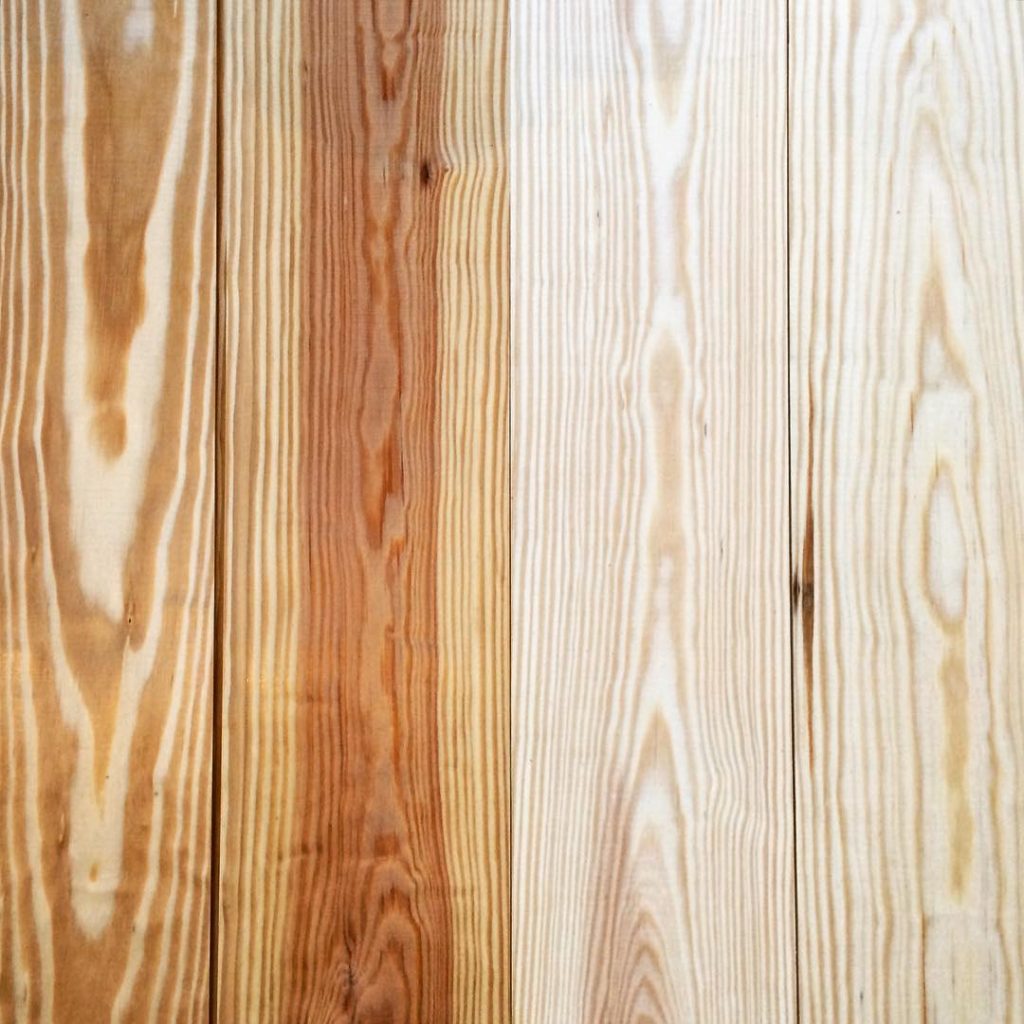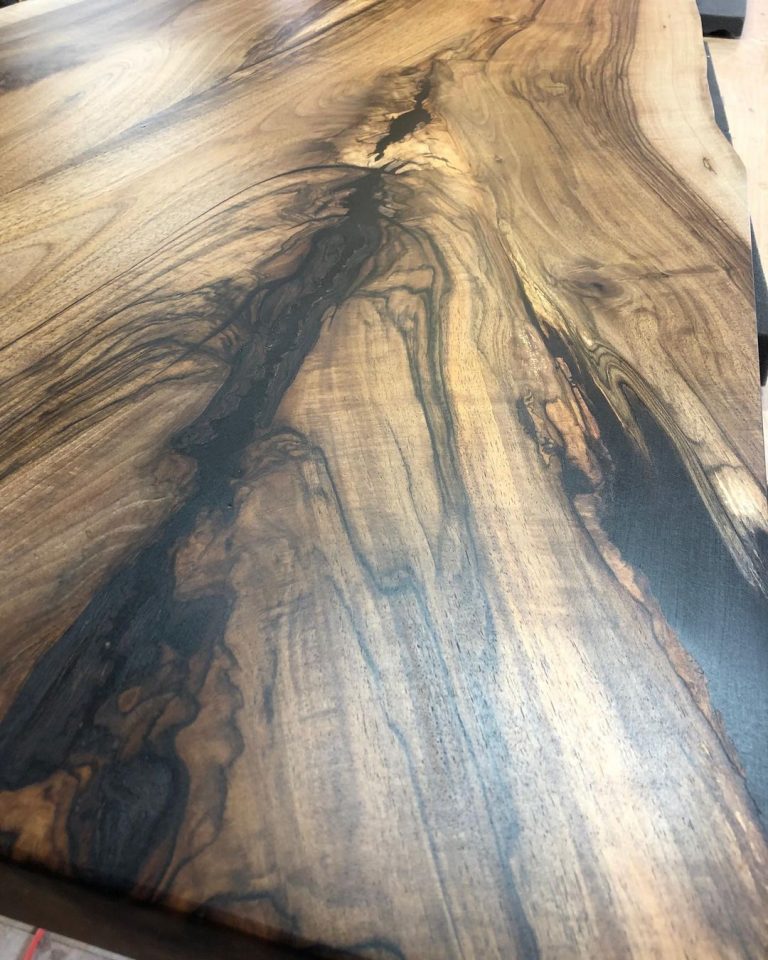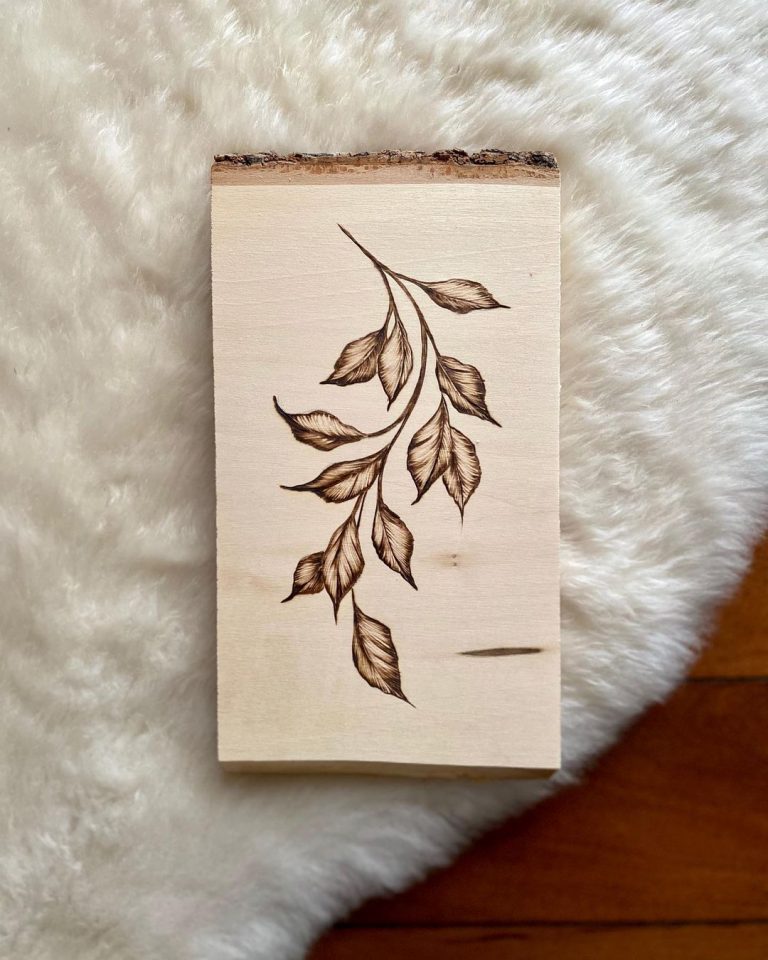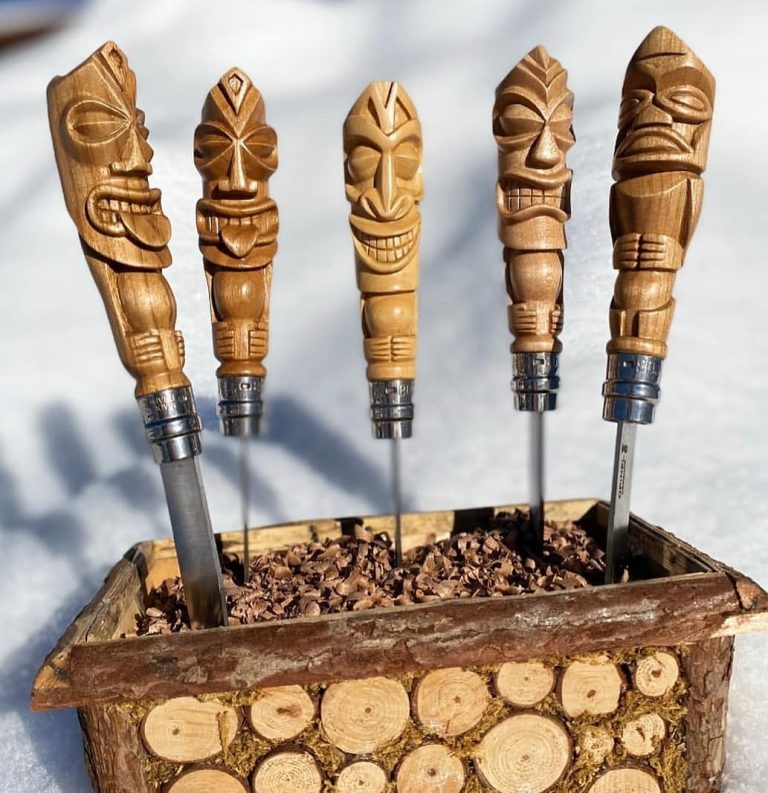While staining wood is a common practice there are times when bleaching or lightening the wood is what is desired. Staining is much easier, what happens there is that pigments are deposited into the fibers of the wood or the physical state of the wood is changed through a chemical process. If you want to undo that process or remove unintentional stains then you need to resort to bleaching. This is to assume that you cannot sand or scrape the stained wood off, revealing unstained wood underneath. When you bleach wood, you are not removing the pigment; you are merely removing the color from the pigment. If wood has been chemically altered, then you are altering it again and bleaching the coloring from the wood and the very wood fibers themselves.
There are many types of commercial wood bleach such as two part as well as organic bleaches such as oxalic acid but the easiest to use is commercial household laundry bleach. It is inexpensive, relatively safe compared to the other products and works well for nearly all stain removal. It is a mixture of chlorine, a dangerous material and water. Chlorine is one of the most reactive elements making it a perfect bleach. The bleach must be fresh, a half used container will just not have the same bleaching power as fresh bleach, so make sure you start with an unopened new bottle.
In order to bleach wood, all previous finish must be removed. This can be done by scraping, stripping or sanding. Using stripper such as methylene chloride based strippers can go a long way in removing earlier coloring stain in the wood or inadvertent stains that have occurred in the history of the piece. If there is any finish remaining on the surface it will prevent the bleach from reaching the stain. Also bleaching will raise the grain on most woods that will require sanding or scraping to make the surface smooth again. This may go through the bleached wood revealing more stain, so you may need to go back and spot bleach certain areas. I always sand or scrape during the bleaching process to minimize raised grain and preventing surprises once the piece is finish scraped or sanded. You need to wait until the wood dries before scraping or sanding. After the finish has been removed, I usually lightly sand or scrape the wood to prepare it for the bleaching process. I also usually wipe the surface down with alcohol to remove any surface grease or dust that may interfere with the bleaching process.
You will be removing stain from either the entire surface or you may be spot bleaching, the process is the same except for spot bleaching where you are only removing a stain from a given area. Do your bleaching in an area with adequate ventilation and use personal protection such as gloves, apron and eye protection and follow all precautions on the products you are using. I prefer to bleach outside, even in direct sunlight. The direct sunlight will enhance the bleaching process giving better results. I use a cheap brush for applying the bleach to large areas, for small areas a small brush or even a cotton swab can be used to control where the bleach is applied. Dip the brush into a small amount of bleach that is placed in a proper smaller sized container and make sure that the lid is replaced tightly on the freshly opened container. Using a small glass, porcelain or plastic container will prevent any contamination of the larger container. Tap off the excess on the brush on the inside of the small container and apply the bleach to the desired area. Make sure that the bleach is applied in a uniform coat without any drips, runs or puddles. The uniform coat will give uniform results. For spot bleaching keep the bleach contained over the stain, wipe any from areas where you do not want to bleach. If possible place the piece in direct sunlight to enhance the bleaching action.
After the bleach has dried on the wood, lightly scrape or sand the area to determine if all of the stain has been removed. If it is not lightened sufficiently, repeat the process until you have removed all the stain. Some stains are darker in the center and lighter around the edge. When you encounter this you will want to feather your bleaching to concentrate the bleach on the darkest areas, so the size of stain you are bleaching may get smaller as you progress. Keep the bleach concentrated over the areas you are trying to lighten. You may want to mask off the rest of the surrounding wood to prevent the bleach from going beyond the area of the stain. Make sure that the masking tape is pressed down tightly around the stain to help prevent the bleach from traveling to another area. This will keep the surface from getting too much bleach but some will wick along the grain of the wood, so you might get places where the bleach will go beyond the masking. Do not be alarmed if the bleached wood is lighter than the surrounding wood, especially when spot bleaching. Don’t worry if the wood is lighter than you want as it is easy to match by using stains to bring the wood back to the desired color. See Staining and Chemical Staining for more information. Remember it is easier to make wood darker than it is to make it lighter.
Oxalic acid crystals dissolved in hot water is a relatively mild bleach that can be used on small areas. Be very careful when handling oxalic acid in either crystal or powdered forms, as the dust is quite dangerous. Ordinary hydrogen peroxide can also be used on light stains using the same methods as described above. Common commercial bleaches are two part consisting of a (1) caustic soda which is a bleach activator and (2) hydrogen peroxide in a high strength concentration. These are very powerful oxidizing agents, which turns the stains colorless. There are different methods of using these commercial bleaches such as applying the caustic soda first then applying the hydrogen peroxide after or mixing them together and applying the mixture to the stain. These release excessive amounts of oxygen during the process so any ignition sources must be eliminated. Follow the directions on the container and use adequate ventilation and personal protection.
Simple lemon juice can also be used on some stains that are not too dark or too deep. Just rub a fresh cut lemon on the stain or squeeze the juice and apply to stain. It is water based so it will raise the grain. It is the high concentration of citric acid that does the bleaching.
I use distilled water and baking soda to neutralize the bleach. The solution is applied to the area that has been bleached and immediately wiped from the surface. This is allowed to completely dry and the surface is lightly scraped or sanded until it is smooth. The area is then stained if necessary and the surface can be refinished matching the original material of the finish.



